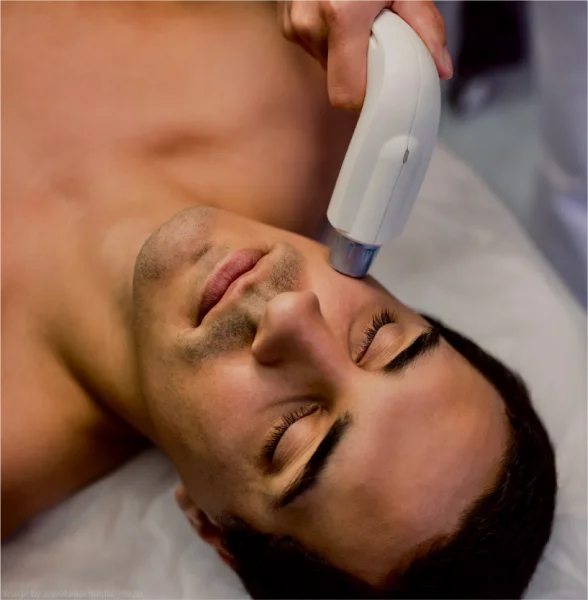Melasma Treatment: How to Reduce Melasma Pigmentation
Melasma is a skin condition in which patches of pigmentation appear, usually on the face. There’s currently no cure, but The HVN offers several effective treatments.
Melasma affects adults, and is more common in women and people with darker skin. In around half of cases it develops during or after pregnancy, hence it being referred to as pregnancy mask or the mask of pregnancy.
In melasma, grey or brown patches of pigmentation develop, primarily on the face. The condition becomes more noticeable in the summer and improves during the winter.
Melasma is not contagious, and is not caused by an allergy. It is not cancerous, and will not develop into skin cancer.
What does melasma look like?
Melasma is a form of hyperpigmentation. It typically develops on the face or neck, and is often symmetrical in appearance.
Melasma presents in one of three ways:
- epidermal melasma affects the top layer of skin, presenting as brown pigmentation with well-defined borders
- dermal melasma affects the deeper dermal layers of skin, presenting as blue–grey patches of pigmentation
- mixed melasma is a combination of epidermal and dermal melasma, presenting as grey–brown pigmentation
What causes melasma?
Melasma is characterised by overactive melanocytes, the cells that produce pigment.
The condition is not well understood, but it’s known to be multifactorial, with contributive causes including hormonal changes, such as during pregnancy, and the use of hormonal drugs, such as the pill and hormone replacements.
Exposure to UV light is also known to trigger and exacerbate melasma. This exposure can come not only from being out in the sun, but also from using sunbeds and phototherapy.
In rare cases, other medical issues that affect hormones can cause melasma, like thyroid problems, as can other medications like antiepileptics.
Melasma is not hereditary, but is more common in individuals with a family history of the condition.
Melasma can’t be cured at present, but there’s lots you can do to reduce symptoms
Today there is no cure for melasma, but there are several effective treatments to alleviate and manage its symptoms and appearance, which may be used in conjunction with one another:
- sun protection products to incorporate into your daily skincare routine for melasma, especially a product of broad-spectrum SPF50+ like Heliocare 360 for skin protection—in fact, we recommend this as the best sunscreen for melasma protection and of course reducing sun exposure can also be helpful
- avoiding known triggers, like hormone therapy, the pill, sunbeds or phototherapy
- products to minimise melasma’s appearance, like skin camouflage and lightening creams
Managing melasma during pregnancy can be tough. You should be aware that, while it may dissipate a few months after you’ve given birth, it may return during a future pregnancy.
It’s also important to note that, even if treated, melasma often returns in the future.
Products to avoid during pregnancy:
- retinoid cream
- hydroquinone cream
Both of these could harm the foetus.
But don’t worry: there are lots of safe melasma treatments during pregnancy, like those we offer patients at The HVN.
The HVN is proud to offer an effective clinical-grade treatment for melasma
We have successfully treated many patients using a four-step multilayer laser treatment for melasma.
We tailor the treatment to your exact needs, and recommend a course of 6 sessions for optimal results.
We also use tranexamic acid for melasma. In conjunction with laser treatment this is proven to enhance results.
We may incorporate regular chemical peels for hyperpigmentation into your treatment, using alpha-hydroxy acids.
Let’s minimise the appearance of your melasma, and help you get your confidence back
At The HVN we know melasma can be unpleasant to live with, even psychologically debilitating.
That’s why we’re proud to have helped hundreds of patients dealing with melasma, spanning all levels of severity.
Our effective laser treatment for melasma, combined with tranexamic acid and chemical peels, can help reduce your symptoms, improve your appearance, and help you feel much more like your old self!
Don’t delay. Book your consultation with one of our experts today.



























